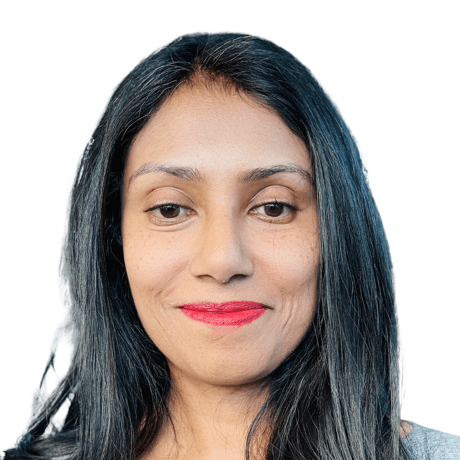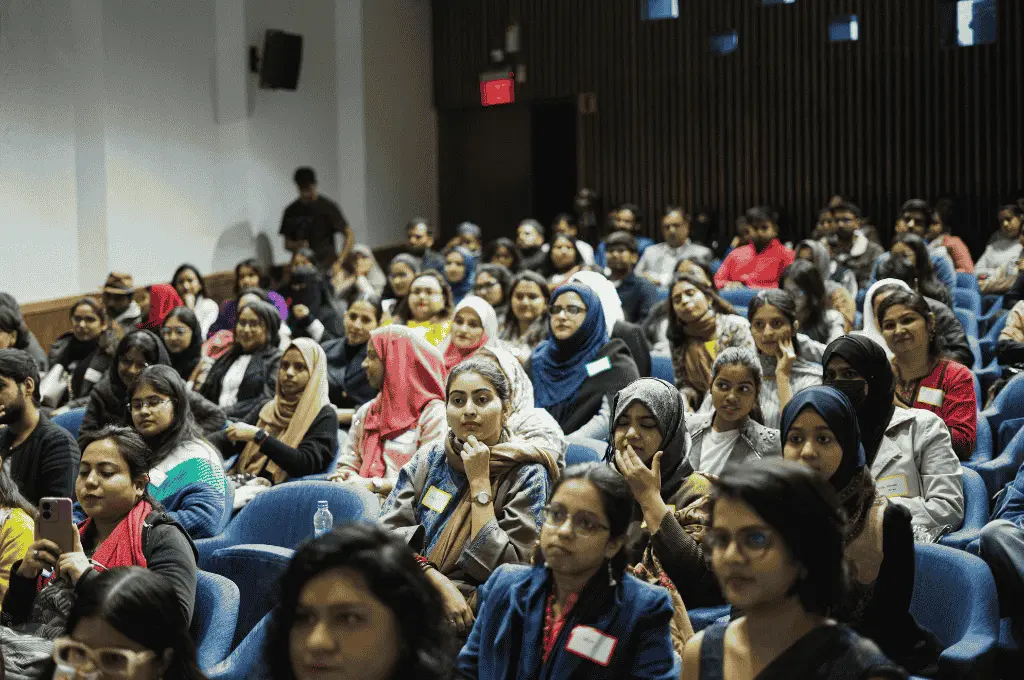When it comes to the mental health of those with alternate sexual and gender orientation, the findings are not surprising and are globally consistent.
Lack of data plagues this segment. This is including but not limited to differentiated understandings and unbiased studies – conclusions not confounded by dependencies, and insufficient data points.
Lack of funding, motivation, and access to appropriate participants (many of whom do not come forward citing shame, secrecy, persecution, and bias) make the process of studying mental health in those with alternate sexual and gender orientation a herculean task. Findings also show unique challenges, higher disparities compared to cisgender and heterosexual counterparts, and distinctive coping mechanisms through community support.
The first aspect that needs highlighting is the aspect of minority stress.
Minority stress, as in chronic stress caused by social stigma and discrimination, is a primary contributor to the higher prevalence of mental health challenges in alternate Sexual Orientation and Gender Identity (SOGI) individuals – including anxiety, depression, and PTSD. For alternate SOGI—anti-legislations, lack of acceptance, and lack of awareness and access to treatments worsen minority stress (for example, we will cover later how intersex advocacy is different from transgender advocacy, yet this understanding is lacking, including amongst activists). Minority stress has a broader impact, beyond alternate SOGI segments and is highly intersectional (as in compounded and worsened for double or triple minority segments and is worse for segments who are lower percentages of a demographic/lesser in number) and is therefore worth noting here.
Mental health is not an exact science, and despite the advances made in recent decades, it is still an emerging area. Understanding mental health and finding effective treatments has a long way to go. While the common issues affecting broad segments of society—falling into the categories of either mood or personality disorders—are becoming a part of the common language, the nuances are many. Medications have limitations, side effects, and compounding effects. Treatments are not effective or available in all cases, even for well-explored conditions. In addition, the school of thought that believes mental health to be more of a spectrum than a distinct diagnosis (owing to association, co-occurrence, and commonality in causes) is the one modern science is leaning towards. Example: anxiety, obsessive compulsive, and post-traumatic disorders are now understood to be often together instead of one versus another. Increasingly, not only for bipolar one and two (mental health conditions characterised by periodic, intense emotional states alternating), but more broadly, anxious and depressed behaviours are being looked at as alternating phases. Lastly, mind strength, will power, thoughts/thinking versus brain chemistry and neurology are hard to segregate aspects of mental health. Like a therapist puts it, nature versus nurture (conditioning) is another layer of complication altogether.
For minorities, including alternate SOGI, this is further complicated as there’s less acceptance and high ‘grouped’ stereotyping. Saira Chakraborty, trans woman, graduate of the SSKM Medical College and Hospital in Kolkata; also points out micro-dividing – as in pitting sub-segments against one another—as a real problem impacting the mental health of alternate SOGI further. For example, trans people are dissected on ‘how’ trans they are, as in where they are in their transition.
Below are some of the major general mental health conditions/categories faced by the alternate SOGI. Some of these are symptoms caused by various conditions yet labelled as a condition:
- Anxiety disorders
- Depression/Depressive disorders
- Bipolar I and II (and other mood disorders incl. emotional dysregulation)
- Personality disorders – example, Borderline and Narcissism
- Attention Deficiency (ADD, ADHD)
- Schizophrenia, Psychosis

Getting back to mental health for alternate SOGI, globally, most of the existing data comes from the US and Europe. Findings from a National Institutes of Health-funded cross-sectional study conclude the following:
Sexual and gender minority populations have appreciably higher odds of at least 4 out of the 10 commonly diagnosed mental health conditions. Quoting the primary paper (published 2025):
- Men with cisgender sexual minority identity had higher odds of bipolar disorder compared with cisgender heterosexual men.
- Women with cisgender sexual minority identity had higher odds of bipolar disorder compared with cisgender heterosexual women.
- Gender diverse people assigned female sex at birth had higher odds of posttraumatic stress disorder (PTSD) compared with both cisgender heterosexual men and cisgender heterosexual women.
- Gender diverse individuals assigned male sex at birth had higher odds of bipolar disorder. Compared with cisgender heterosexual men, there are higher odds of attention-deficit/hyperactivity disorder in cisgender heterosexual women.
- Transgender men had higher odds of depression compared with cisgender heterosexual men.
- Transgender women had higher odds of any personality compared with cisgender heterosexual women.
Studies emerging from other countries, focused on specific issues (substance abuse, intimate partner violence, and so on), do exist. Conclusions match socio-economic expectations. For example, a Kenya study shows ‘pervasive socio-cultural’ discrimination causing continual stress and therefore, higher susceptibility to mental health disorders. Across three created SOGI groups, substance abuse, lifetime intimate partner violence, lifetime sexual and gender minority violence were reported for all groups in high percentages. The study didn’t report statistically significant differences in the kind of mental health challenges experienced between the segments but found that gender minorities were worse off than cisgender sexual minorities. Compared to this, a Netherlands study (a progressive country with a standing history of alternate SOGI/sexual and gender minority-supporting policies) didn’t show significantly different outcomes in terms of higher prevalence of mental health challenges in SGM populations.
Unsurprisingly, broad studies found mental health for sexual and gender minorities consistently under-researched in low and middle-income countries.
For India, unbiased statistics on specific disorders couldn’t be found on alternate SOGI mental health, but general prevalence is noted to be higher than their counterparts across categories. Key contributors include:
- Minority stress factors, including stigma and discrimination.
- Lack of inclusive healthcare and limited access to competent professionals.
- Culturally unique social factors and associations.
For example, Koushumi Chakraborty, founder of Intersex Children’s Foundation of India notes the need for training of healthcare professionals, including physicians. ‘Transgender advocacy is very different from intersex advocacy,’ Koushumi notes.
While the former emphasises gender affirmative surgeries as an effective and encouraged route, for intersex people – especially children – conforming their bodies into male or female is damaging to their mental and physical well-being. It is shocking and not widely known that around 1.7% of the world’s population is born with natural biological variations (intersex), yet the percentage is approximate because no country in the world today officially records intersex births.
Saira Chakraborty points out the Hijra communities and misclassification of alternate SOGI minorities further adds to abandonment and stereotyping – leading to uniquely other-ing experiences of alternate SOGIs in India.
In the absence of statistically conclusive studies on the matter of which conditions, if any, are distinctively prevalent across the segments and within segments, some expert interviews were conducted.
Dr. Aritra Chatterjee, clinical psychologist and doctoral researcher, notes lack of funding to be the main issue leading to lack of bigger studies. Smaller studies are there she says, and there’s not much distinction—depression, anxiety, substance abuse is high, there is lifelong chronic stress across the population. However, intersectional considerations around caste, class, and religion, inside a family centered patriarchal society, creates unique mental health challenges for queer trans people.
“From my experience and from knowing many trans women, I can say that the debilitating social anxiety—to the extent that individuals can step out of their rooms or homes—is the most pervasive,” Saira Chakraborty notes with confidence.
Comparing this to the non-alternative SOGI world, my work Beyond #MeToo (2022) summarises several global and national studies to arrive at the conclusions that the prevalence of mental health issues is lower in men than in women (NIH, the United States), but men are less likely to have received treatment for mental health issues. Centers for Disease Control and Prevention report (2018) showed men are more likely to die of suicide than women, and suicide rates are increasing for both men and women. Most of the matter around mental health for men lies with the stigma. Men having mental health issues and needing to seek help are seen as weak, while for women, excuses can be made, blaming hormones (moods) and expected ‘weakness’. PTSD (and trauma in general) is owed to men, specifically war soldiers, in the US. Global studies note men to be predisposed to have a higher occurrence of certain mental health disorders like ASPD (anti-social personality disorder), while women are predisposed to disorders like depression and bipolar disorder. The reasons for the same, however, remain unclear and are left to the interaction of complex genetic and environmental factors.
Statistics out of India are limited. However, a fairly comprehensive report published in The Lancet Psychiatry appraising the same period as in the US study found anxiety and depressive disorders to have a higher prevalence in women in India, and mental disorders increasing in adults steeply between 1990 and 2017. Another Lancet study found men to women ratio for suicide death rate in India to be 1:34. One report that cites and analyses this study notes women to be suicidal in higher numbers owing to biological susceptibility to certain conditions and high prevalence of post-marriage emotional and physical abuse (domestic violence, dowry abuse, emotional abuse by in-laws). It is very hard to ascertain if such assertions are facts, as high-integrity quantitative data is rarely accompanying or available, and bias can be high, even among regarded medical professionals.
What is most important to note is the fact that both male and female suicide death rates in India were found to be significantly higher than the global average.
The evolution of societal acceptance and its effect on mental health is possibly the most pertinent discussion. Although it’s too soon to know the impact of the 2025 changes (primarily driven by the current US administration but spreading worldwide), the results of past measures are mixed. Most significant is the fact that up until the 70’s, the medical world pathologised homosexuality and gender divergence as mental health conditions. For example, homosexuality was noted and treated as a mental illness. Referred to as a ‘dark history’ of psychiatry when it comes to the treatment of sexual and gender minority individuals. Therefore, where we are today is a step in the right direction. But so far, studies show mixed results in terms of positive developments when it comes to mental health of alternate SOGI individuals. Recognition, non-criminalisation, and correct classification(s) have led to higher acceptance and expression and increased access to care. But it has also contributed to higher scrutiny. Similarly, a study out of India shows that decriminalization of homosexuality didn’t necessarily lead to measurable reductions in depression and suicide in gay men – a result attributed to homophobia being deeply internalised.
It is clear, however, that the surge in anti-transgender legislation and restrictions on gender affirmation care over the past decade in the US and its repercussions around the world have increased mental health challenges in gender minorities, and the disparity from their cis-peers is increasing.
What is the path forward, and why does there need to be one?
We now know what we don’t know, so first and foremost, it’s critical to have the gaps in understanding mitigated. Alternate SOGI segments need to be better differentiated and understood. Staying within the limits of feasibility (given that mental health itself is a nascent science), a lot is possible. While authoring Queer Chronicles, I had realised the benefits and limits of inclusion. Even as an activist and author, I didn’t know the nuances that I needed to know to have the stories tackle the surface biases. Not having such awareness causes backlash and increases risk to the vulnerable. Therefore, different modes of storytelling and expression need to be utilised.
Additionally, resource groups and copying mechanisms need to be in place. This is not a task that NGOs or governments can complete; this needs colleges, universities, and communities to band together.
“What is not needed,” Dr. Chatterjee stresses, “is forceful conversion of alternate SOGIs into cis-gender and heterosexual individuals which harms them terribly and is coming back with present political climate in many countries.”
And this is why we need attention, awareness, and accountability towards alternate SOGI and minority mental health. Safeguarding the most vulnerable in society is a duty and is also wise. Protecting the higher risk areas where intolerance is high and acceptance low, protects society as a whole and allows for a continued journey towards progress and equal rights.
This article was originally published on The Wire.





